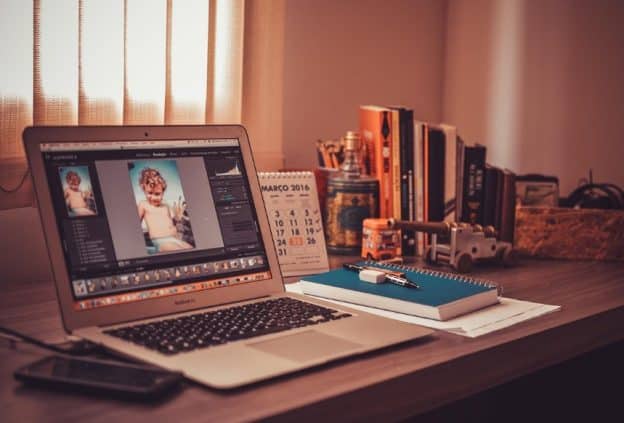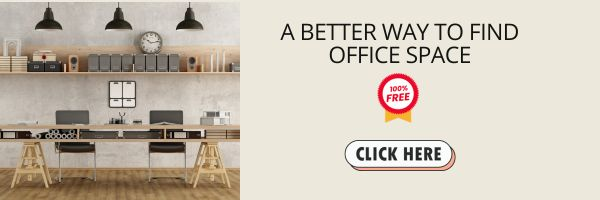Creating a productive and aesthetically pleasing home office requires attention to design details that reflect personal style while enhancing functionality. As more individuals embrace remote work or hybrid models, the interior design of these workspaces has evolved in exciting ways. Home offices today are no longer just functional spaces but rather reflections of personality, productivity, and comfort. This article delves into current trends shaping modern home office interiors, ensuring these areas foster creativity and efficiency.
The Shift Towards Soft Color Palettes
Modern home offices feature an array of soft and muted colors that establish a serene atmosphere. Shades such as soft blues, greens, and neutrals create a calming environment that can enhance focus and creativity. The use of subtle tones fosters an environment that minimizes distractions, allowing professionals to dedicate their full attention to tasks at hand.
Integrating soft colors can be achieved through various elements such as furniture, wall paints, and decor. Choosing a versatile desk in a light oak finish or opting for a soft-hued rug can significantly affect the ambiance of the space. By carefully selecting colors that align with personal preferences and work requirements, homeowners can craft a unique environment attuned to their individual needs.
The Role of Lighting in Modern Home Offices
Lighting is one of the most influential elements in home office design, shaping both mood and productivity. A well-lit workspace reduces eye strain and enhances focus, allowing for longer, more comfortable work sessions. Natural light remains the gold standard, as it improves well-being.
When natural light is limited, artificial lighting becomes an important design consideration. Many homeowners choose to brighten spaces with minimalist pendant lights, opting for chandeliers or sleek overhead fixtures that balance style with function. The right combination of ambient, task, and accent lighting can transform even small or dimly lit spaces into vibrant, inspiring environments.
Incorporating layered lighting design enhances both practicality and aesthetics. Task lighting, such as adjustable desk lamps, provides focused illumination for reading and writing, while ambient lighting ensures even distribution across the room. Accent lighting can be used to highlight artwork or architectural features, adding visual depth and sophistication.
Incorporating Natural Elements
Bringing nature indoors is another prominent trend in modern home office design. Biophilic design emphasizes the connection between humans and nature, promoting well-being and productivity. Research indicates that exposure to natural elements can reduce stress and improve cognitive function, making greenery an integral part of any workspace. Incorporating plants, natural materials, and sunlight enhances the design and contributes to improved air quality and mood.
Popular choices include low-maintenance houseplants like snake plants or pothos, which can thrive with minimal care. Natural materials, such as wood or stone, can be expressed through desk designs, shelving, or decorative accents. To maximize light, consider placing the desk near a window, taking advantage of natural sunlight throughout the day.
Smart Home Technology Integration
Smart technology is revolutionizing how we interact with our workspaces. Modern home offices are increasingly equipped with gadgets that promote efficiency and comfort. From smart lighting systems that can adjust based on natural light levels to voice-activated assistants that facilitate hands-free organization, technology plays an important role in enhancing the workspace.
Integrating smart devices like thermostats and lighting can create a more personalized atmosphere. Allowing smart lights to automatically dim in the evening or brighten during the day helps establish a more comfortable work environment.
Homeowners can set reminders for breaks or schedule tasks seamlessly through integrated voice assistants, ensuring that productivity remains a priority. This trend can contribute to energy savings, making technology a vital component of modern office design. Smart thermostats, automated blinds, and energy-efficient devices further enhance comfort while reducing utility costs.
Flexible Furniture Arrangements
Adaptability has become paramount in home office design. With many people adjusting their workspaces to accommodate varying needs, flexible furniture arrangements are increasingly becoming a staple in modern interiors.
Desks and chairs that can easily be moved or reconfigured allow for a dynamic workspace that can adapt to different tasks. Adjustable standing desks have gained popularity, promoting movement and reducing the negative effects of prolonged sitting. Offering the ability to switch between sitting and standing makes it easier to maintain focus and energy levels throughout the day.
Modular furniture design allows for a tailored fit in various space dimensions, accommodating everything from compact nooks to expansive rooms. The versatility of design encourages creativity to reach new heights as it provides users with the ability to curate their work environments according to their needs. Beyond functionality, a carefully curated furniture arrangement can make a strong design statement, reflecting personal style while facilitating productivity.
Minimalist Aesthetic
Minimalism remains a dominant trend in modern home office interior design. This design philosophy emphasizes simplicity, functionality, and decluttered spaces. By minimizing excess, homeowners can create a peaceful environment that promotes clear thinking. Incorporating minimalist principles means selecting furniture with clean lines and multifunctional capabilities. Desks with built-in storage or wall shelves that double as decor can enhance both aesthetics and functionality without overwhelming the space.
The minimalist approach extends beyond furniture to include decor. Selecting a few impactful pieces of art or stylish organizers can add personality without contributing to clutter. Minimalist offices center on the idea that every object should serve a purpose or contribute to the aesthetics. By staying intentional with decor and furniture choices, one can achieve a space that feels calm and conducive to focused work sessions.
Personal Touches and Artwork
Integrating personal touches into a home office enhances its uniqueness and makes the space reflective of the individual’s character. Personal mementos, family photos, or travel souvenirs can create a sense of belonging. Artwork plays a crucial role in defining the aesthetic of the workspace and sets the tone for productivity. Choosing pieces that resonate with personal experiences or aspirations can make the space feel more intimate.
Wall art, such as paintings or inspiring quotes, can serve as motivation while working. Thoughtfully curated decor can elevate the atmosphere, making it feel uplifting and inspiring. Striking a balance between functionality and aesthetics is crucial, as a personal touch can enrich the experience of working from home. Effective decor doesn’t distract but instead motivates and uplifts one’s mood throughout the day.
Layered Textures and Soft Furnishings
To add comfort to modern home offices, layered textures and soft furnishings are becoming popular choices. Incorporating various fabrics, from plush rugs to cozy throws, can enhance the sensory experience of a workspace. Such textures assist in sound absorption, creating a quieter atmosphere conducive to productivity.
Choosing a comfortable desk chair with soft fabric or incorporating an accent chair for relaxation can significantly enhance functionality and comfort. Textured wallpapers or art can also add depth to the space while contributing to warmth. These subtle changes in design can create an ambiance that feels both sophisticated and personal. A thoughtfully designed space encourages longer, more productive work sessions, empowering individuals to thrive while they work from home.
Modern home office interiors have transformed into sophisticated areas that reflect individual personality, functionality, and comfort. By integrating soft color palettes, natural elements, flexible furniture, minimalist aesthetics, smart technology, personal touches, and layered textures, one can create an office space conducive to productivity and inspiration. As remote work continues to redefine the workplace, adapting these trends will ensure your home office is not just a place of work but a sanctuary fostering creativity and efficiency.


